By Akshat Jain, Technical Leader, Systems Research & Applications; Aman Jha, Technical Staff Member, Systems Research & Applications; and Fabrizio Di Franco, Technical Marketing Manager, Systems Research & Applications, STMicroelectronics
Differentiated LED lighting systems that improve energy efficiency, simplify installations, and facilitate data gathering and monitoring have become requirements in domestic, office, and industrial environments. The global acceptance of LED lighting also makes the LED system ideal for adding intelligence by using sensors as part of the internet of things (IoT). In such a system, power conversion efficiency and circuit complexity will benefit from low-voltage (below 60-V SELV) operation.
Power over Ethernet (PoE) is an integral part of the telecom infrastructure, and the same Ethernet cable can be used for smart lighting applications. Thus, it mitigates the AC power processing complexity as well as safety threats. This article presents the STEVAL-POEL45W1, a constant-current smart LED driver capable of working on Ethernet RJ-45 cable and wirelessly controlled through Bluetooth Low Energy (BLE).
The power supply for the LED driver is capable of operating from 37- to 57-V input DC voltage, with a maximum power output of 48 W. The evaluation board features digital/PWM dimming, with the depth of PWM dimming close to 1%. The smart dimming and ON/OFF of the LEDs is controlled through an Android application. The standby power (no load) consumption meets the energy targets set by EnergyStar and EU Ecodesign standards. The converter efficiency reaches 95% for most of the input voltage range. All protection features like LED open and short are present in the developed solution. The STEVAL-POEL45W1 evaluation board is compact in size to fit into existing commercially available LED extrusions.
System overview
The indoor lighting market constitutes ~13% of the total available market for lighting applications. It is presently being served by an AC infrastructure of 90- to 265-VAC universal input supply and 47- to 63-Hz line frequency. The PoE standard evolution as shown in Fig. 1 is now capable of handling power ratings up to 71.3 W on the powered device (PD) side. Thus, PoE infrastructure creates a big boost for LED lighting applications. Fig. 2 shows the block diagram of the PoE-enabled smart lighting system.
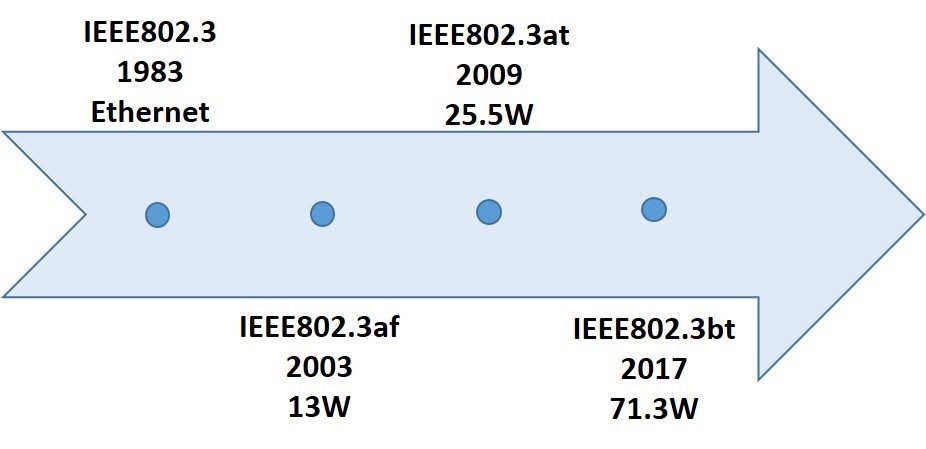
Fig. 1: Evolution of PoE standard for PD.
The power conversion controller from STMicroelectronics, the LED6000, is used for driving LEDs in constant-current mode. Thanks to the high-frequency operation of the LED6000, this created the possibility of developing the compact 48-W solution with such a high efficiency (>95%). The LED6000 is featured with a DIM pin for digital dimming and an EN pin for implementing driver ON and OFF. The LED driver has a built-in protection mechanism to manage faults both at source and load side.
The SPBTLE-1S is a radio frequency (RF)-certified BLE module used for wireless communication from any Android phone having Bluetooth connectivity. The BLE module has been programmed to generate a PWM signal for adjusting the brightness level of the LED lights connected to the LED6000.
Each evaluation board has a different AC address for point-to-point communication. The PM8805 is used as a PoE interface. It embeds two active bridges and their driving circuitry, a charge pump to drive high-side MOSFETs, the hot-swap MOSFET, and the standard single-signature IEEE 802.3bt-compliant interface, including detection, classification, UVLO, and inrush current limitation. The housekeeping power supply for the BLE module is based on the VIPer012XS and manages the auxiliary SMPS in buck topology.

Fig. 2: STEVAL-POEL45W1 block diagram.
The STEVAL-POEL45W1 LED driver evaluation board developed is shown in Fig. 3 . It is capable enough to handle power up to 48-W output with high efficiency, good current regulation, low standby consumption, and low current ripple.
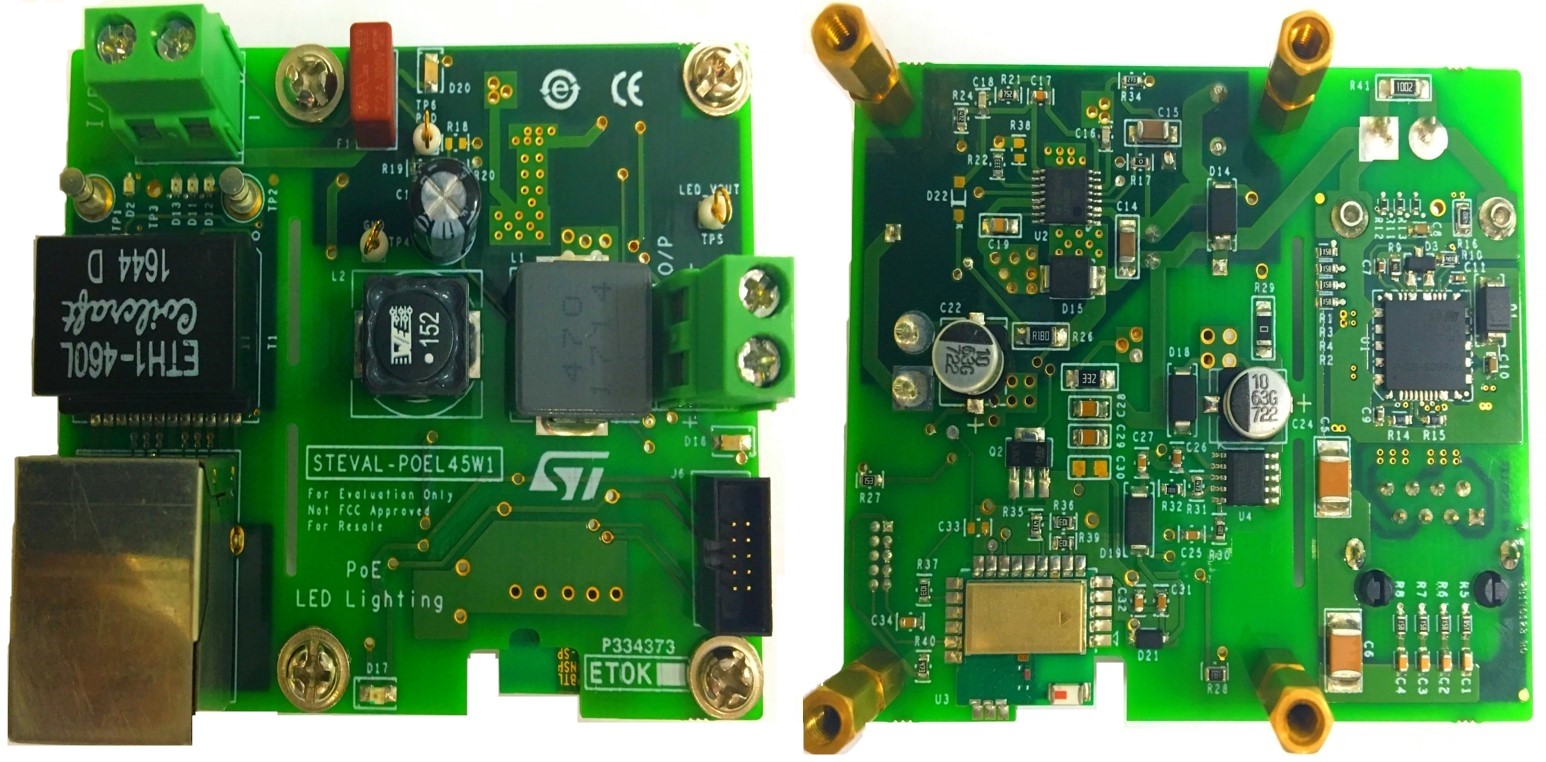
Fig. 3: STEVAL-POEL45W1 evaluation board.
Dimming control
On powering up the evaluation board through PoE, the LEDs turn ON with maximum brightness. The dimming and ON/OFF of the LEDs can be controlled by using the PoE Lighting Android application from STMicroelectronics. The Android application is available for free in the Google Play store.
The Android application communicates with the SPBTLE-1S over Bluetooth. On successfully pairing the evaluation board with the Android application, the Android device will display the screen as shown in Fig. 4 . The ON/OFF of the LEDs is controlled by clicking on the bulb icon, and the brightness of the LEDs can be changed by adjusting the bar around the bulb icon. Based on the selected dimming level, the BLE module SPBTLE-1S adjusts the duty cycle signal going to the LED6000 LED driver. The frequency of the PWM to the LED driver is 500 Hz.
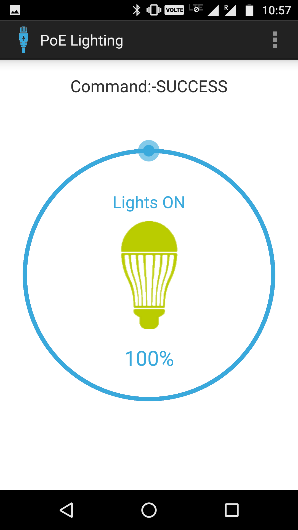
Fig. 4: PoE lighting Android application.
Experimental result
The overall efficiency, current regulation, and dimming behavior of the STEVAL-POEL45W1 has been evaluated at different loads. With 100% load at 48 VDC, the efficiency is above 95%. Figs. 5, 6, and 7 show the LED driver performance in terms of dimming behavior, current regulation, and efficiency. The standby power consumption is less than 100 mW.
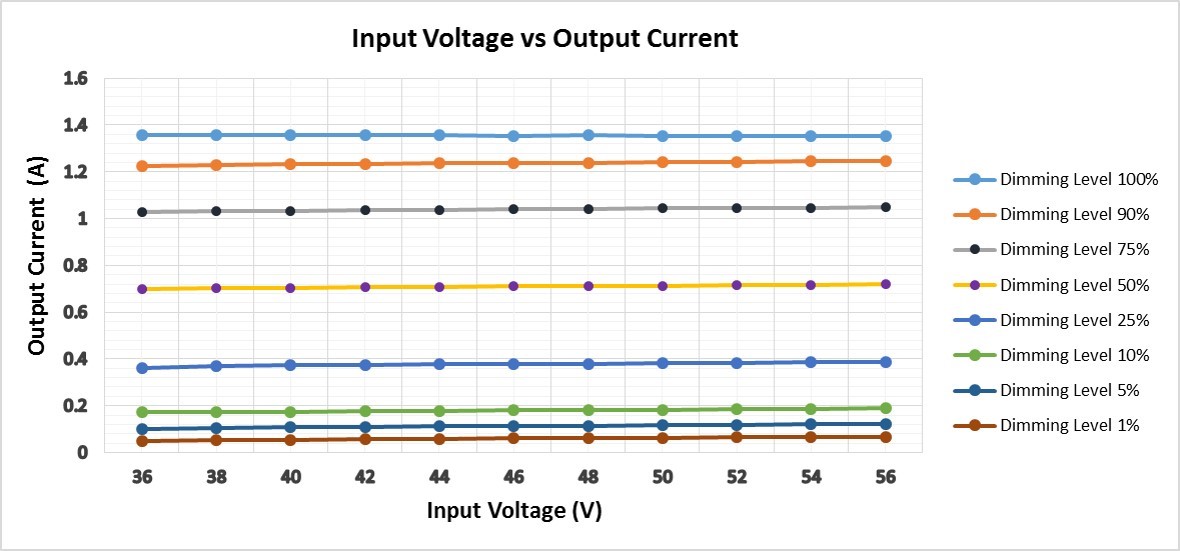
Fig. 5: Output current vs. input voltage at different brightness levels.
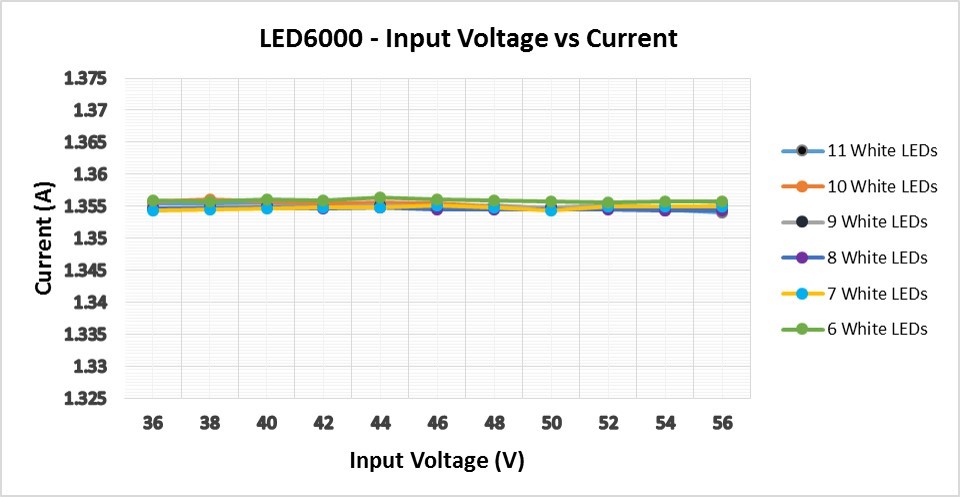
Fig. 6: Current regulation vs. input voltage at different loads.
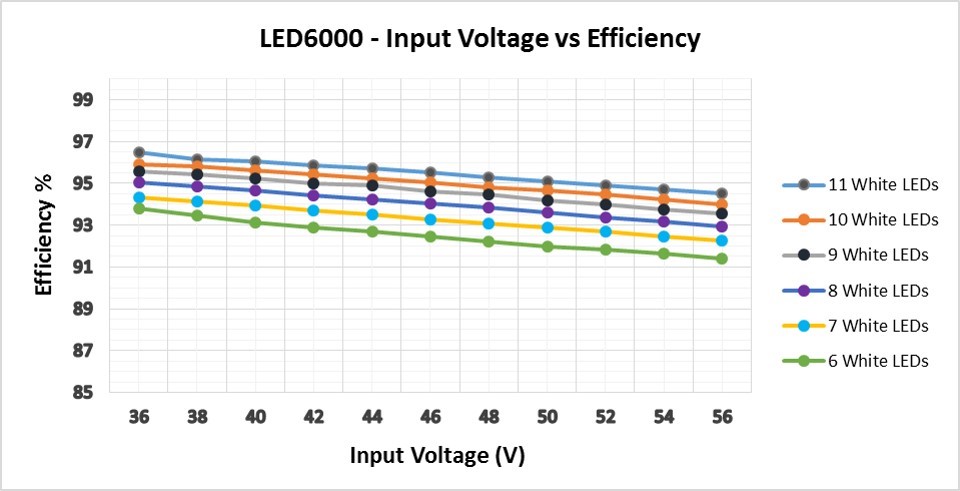
Fig. 7. Efficiency vs. input voltage at different loads.
Conclusion
The digitally controlled PoE LED driver can deliver an output power of 48 W. The system can dim LEDs up to 1% of the maximum brightness level without any flicker. The experimental results show high efficiency and good current regulation under wide input voltage and load conditions.
Advertisement
Learn more about STMicroelectronics





